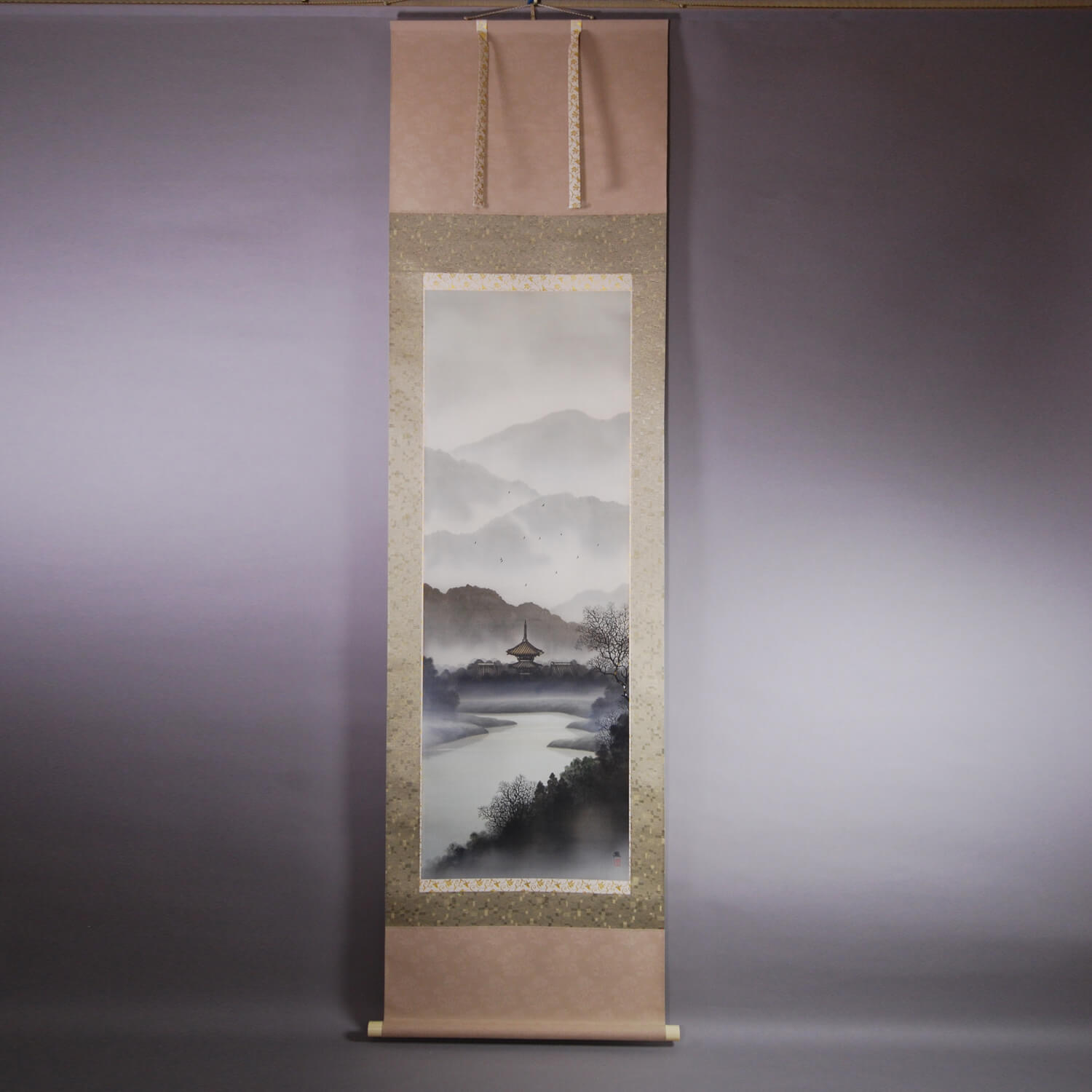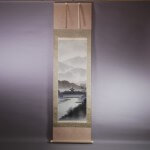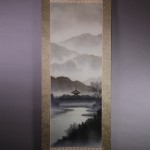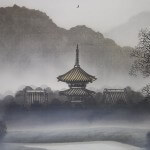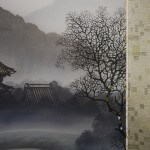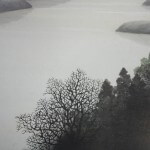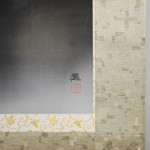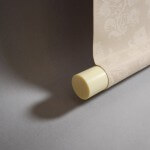Products Lineup
News / Blog
Other Menus
Kakejiku Hanging Scroll: Pagoda / Kawahara Susumu - Tōkyō
- Product ID
- 0028
- Name
- Kawahara Susumu
- Profile
1933-
A Member of the Seiryūsha
A disciple of Kawabata Ryūshi- Size
- 600mm x 2020mm
- Roller End Material
- Artificial ivory
- Material of the Work
- Silk
- Price
- JPY 180,000
- Stock Condition
- In stock
- Payment: Click the Paypal Mark
- Duty and Taxes
Import duty and taxes are beyond our control and may apply to your shipment. Please noted that these fees are the responsibility of the buyer.
- Description
A pagoda is a Buddhist building derived from the ancient Indian stupa. Originally, a stupa in India meant the mound where Busshari {the ashes of Shakyamuni (the founder of Buddhism)} were buried after his remains were cremated. Buddha’s sariras refer to the cremated ashes of Buddha’s bones as well as the remains of the coffin and altar that were used for the cremation of Buddha when he passed away. Subsequently, Buddhism diffused to other countries, and in the areas of fervent belief, stupas were built to honor the Busshari.
Many pagodas in Japan including the five-storey, three-storey and two-storey forms are made of wood (such as Japanese cypress). The words “sōtō” and “tasōtō” often refer to pagodas with two or more storeys such as two-storey, three-storey or five-storey pagodas. Despite the wide variation of shapes, they all retain the significance of the original stupa. A large number were constructed using funds donated by Buddhist followers.
Kawahara Susumu has created many works in which a pagoda is depicted. Although he probably had various intentions, his awe for sacred things is expressed there.

